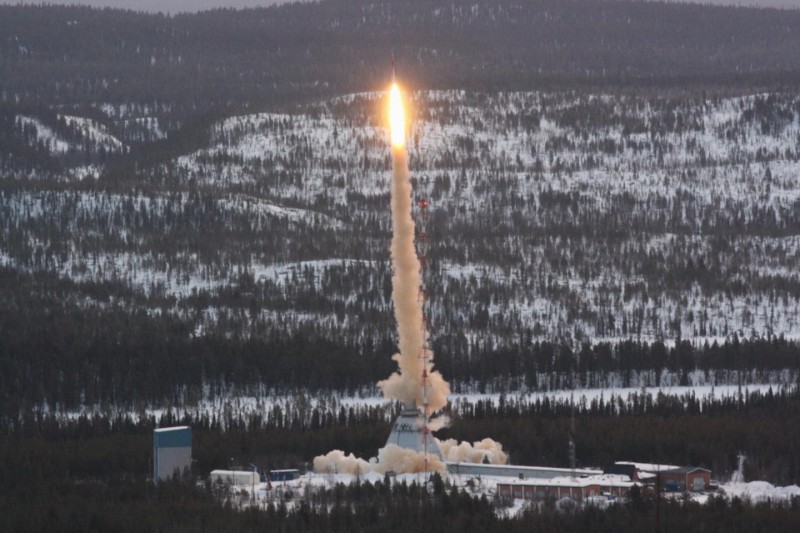
November 28, 2014 – In this month’s issue of Scientific American, an article, entitled “DNA Can Survive Reentry from Space,” reports a study done by Swiss and German scientists who sent a rocket on a suborbital flight into space with DNA coated on its exterior. After a 13 minute ride and surviving the heated reentry into the atmosphere it was found that the DNA survived.
So you ask what does this mean? Back on November 20th I wrote about the discovery of organic molecules on Comet 67P/Churyumov-Gerasimenko and how that discovery gave credence to the theory of panspermia, that building blocks of life seeded Earth from space in its early history. This test supports that theory. It also tells us that when we send spacecraft to land on other celestial bodies such as Mars we need to take extreme precaution so that we do not unintentionally transfer Earth DNA fragments into these environments and permanently contaminate them.
The researchers were very selective in choosing the DNA they used so that they could fully test its ability to survive the hostile conditions of ascent and reentry. They designed a plasmid DNA that was loop shaped and placed it in grooves and indentations on the rocket surface. Temperatures exceeding the boiling point of water both on lift off and reentry. The DNA remained undamaged and when exposed to E. coli bacteria passed on its genetic instructions and exhibited normal replication.











